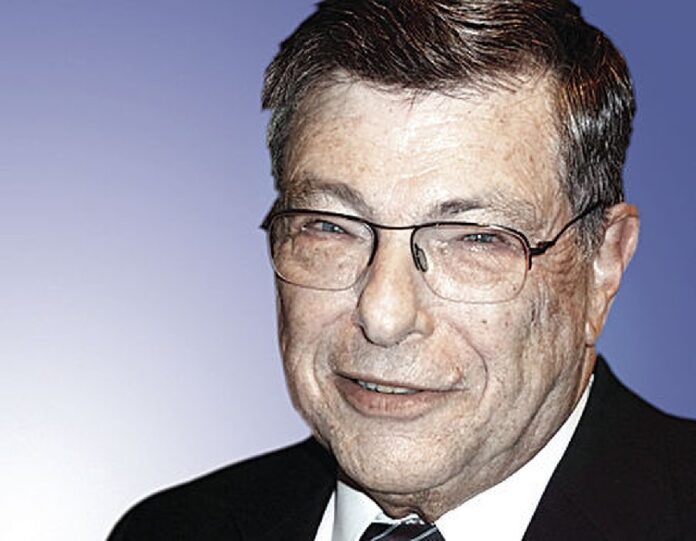The first warmish day brought forth green shoots of nascent flowers. And, lo, Faye of the Forest was on my deck railing, feisty as ever.
“You waste a lot of time,” she announced.
Not waiting for my defensive counter-thrust, she continued. “Every week you turn data sets into kindling for your writing fire. You spend hours on spreadsheet manipulations. What you want is already out there, done by others and available for free.”
“And you know this how?” I asked.
“I have my ways,” she said coyly, and flitted off into the forest.
She was right! Last week, the Brookings Institute posted economic comparisons of the nation’s 192 largest metropolitan areas. Indianapolis was in the group of 53 metros with over 1 million people and ranked 27th in growth of jobs, Gross Metro Product GMP and change in jobs at young firms, from 2008-18.
That’s smack in the middle of those very large metros — a comfortable Hoosier rocking chair. Yet, that’s better than Fort Wayne, which was 45th among 83 mid-sized areas (250,000 to 500,000). Nonetheless, Fort Wayne still out-performed Evansville (58th) and South Bend (70th) in the same group.
Suddenly, Faye returned. “But,” she said, “what if you’re not seeking growth as much as progress on closing the gap between where the rich and the poor live?”
“Brookings,” I replied, “does look at the change in the gap between the top and the bottom of neighborhood median household incomes.”
“And?” she prompted.
“And,” I answered, “the Indianapolis metro area saw its gap widen by $4,402 (12th worst in its group of 53 metros). Fort Wayne’s gap widened by $1,002 (39th worst in its group of 83 metros). South Bend’s gap widened by $2,227 (22nd worst in that group).”
“You’re not saying?” Faye demanded.
“Evansville,” I stuttered, “with a gap widened by $4,778. It was the 10th worst in that mid-size group of 83 metros.”
“There are two things wrong here,” Faye said in tutorial mode.
“First,” she continued, “you’re bottom surfing. Each of those metro areas was in the top 10 in at least one of the 15 measures considered. Indianapolis was seventh in closing the gap of the relative poverty rate between whites and people of color. Evansville was fourth in change in median income. Fort Wayne was eighth in change of standard of living. South Bend was first in closing the employment rate gap between whites and people of color.”
“Second,” she continued, “Brookings is focused on change with nothing said about status. Little change in something where the status is very good, is not bad. If you’re making $200,000 and you go up only 1% percent, that’s a $2,000 bump, double a 10% increase on $10,000.”
She was right, again! But gone before I could admit it.
Morton Marcus is an economist. Reach him at [email protected]. Follow his views and those of John Guy on “Who gets what?” wherever podcasts are available or at mortonjohn.libsyn.com.





